The European Southern Observatory’s Very Large Telescope Interferometer (ESO’s VLTI) has obtained the deepest and sharpest images to date of the region around the supermassive black hole at the centre of our Galaxy.
The new images, obtained between March and July 2021, zoom in 20 times more than what was possible before the VLTI and have helped astronomers find a never-before-seen star close to the black hole. By tracking the orbits of stars at the centre of our Milky Way, the ESO team have been able to make the most precise measurement yet of the black hole’s mass.
“We want to learn more about the black hole at the centre of the Milky Way, Sagittarius A*: How massive is it exactly? Does it rotate? Do stars around it behave exactly as we expect from Einstein’s General Theory of Relativity? The best way to answer these questions is to follow stars on orbits close to the supermassive black hole. And here we demonstrate that we can do that to a higher precision than ever before,” explains Reinhard Genzel, a director at the Max Planck Institute for Extraterrestrial Physics (MPE) in Garching, Germany.
ESO’s upcoming Extremely Large Telescope (ELT), under construction in the Chilean Atacama Desert, will further allow the team to measure the velocity of these stars with very high precision.
Stars orbiting our closest supermassive black hole
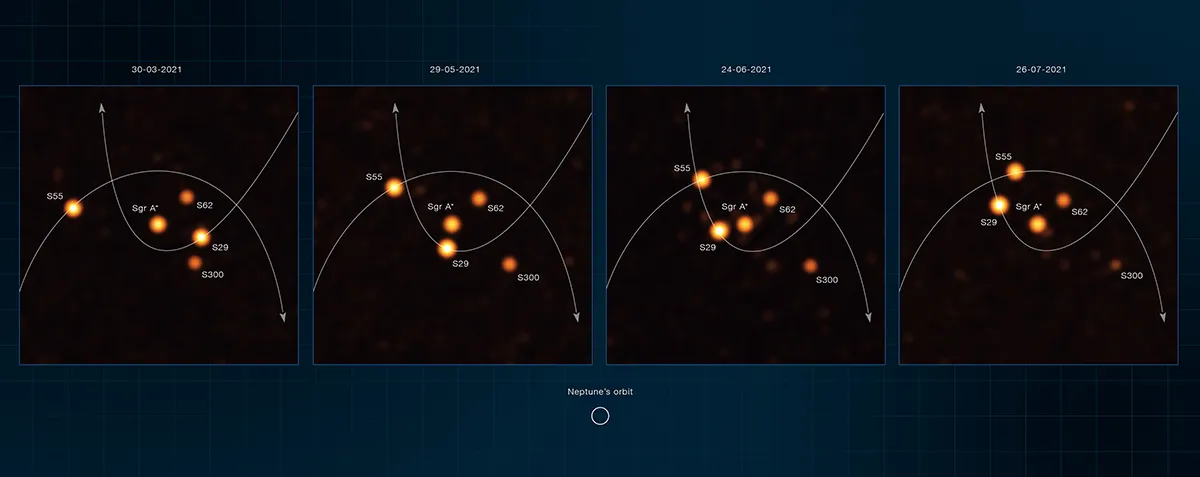
The star orbit images in detail
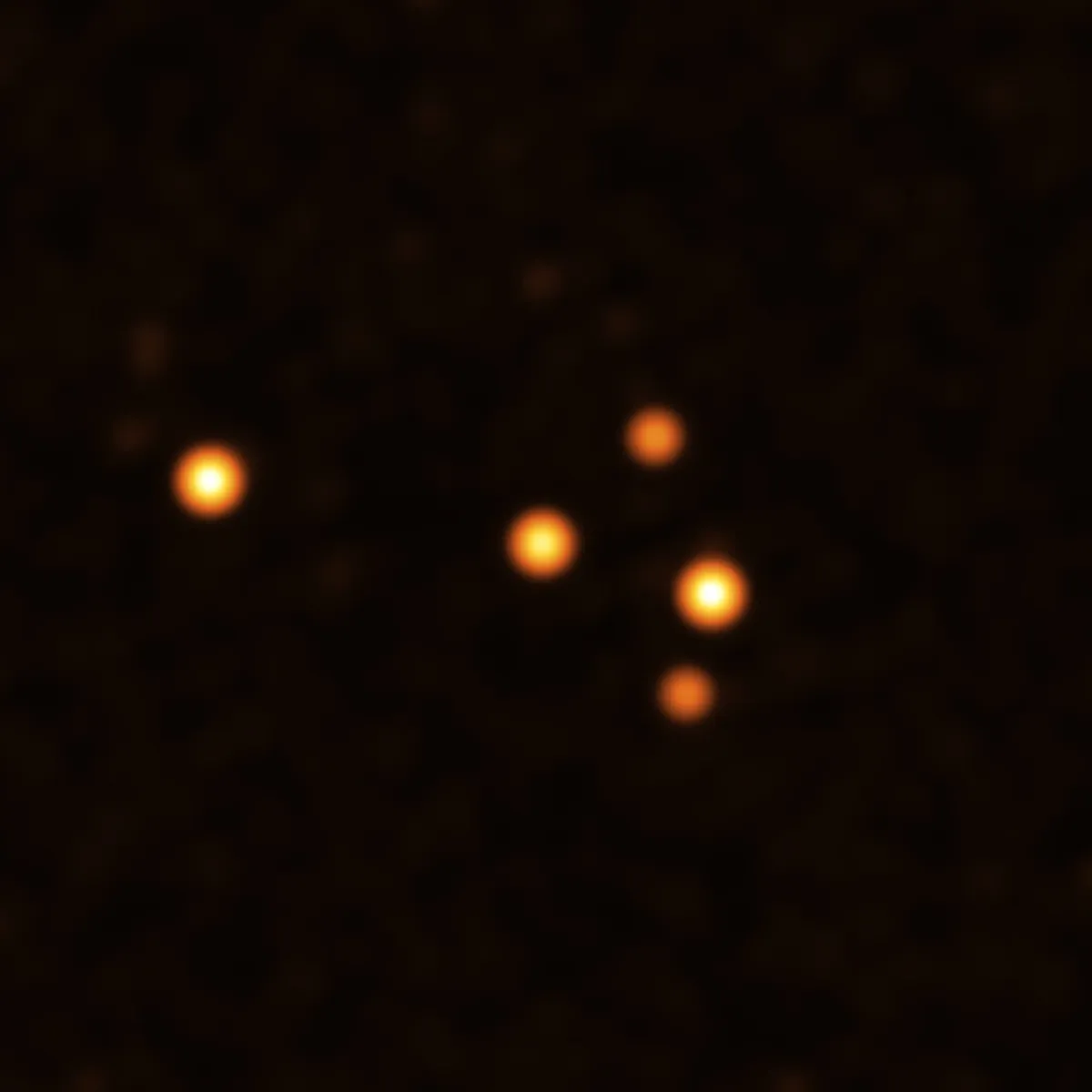
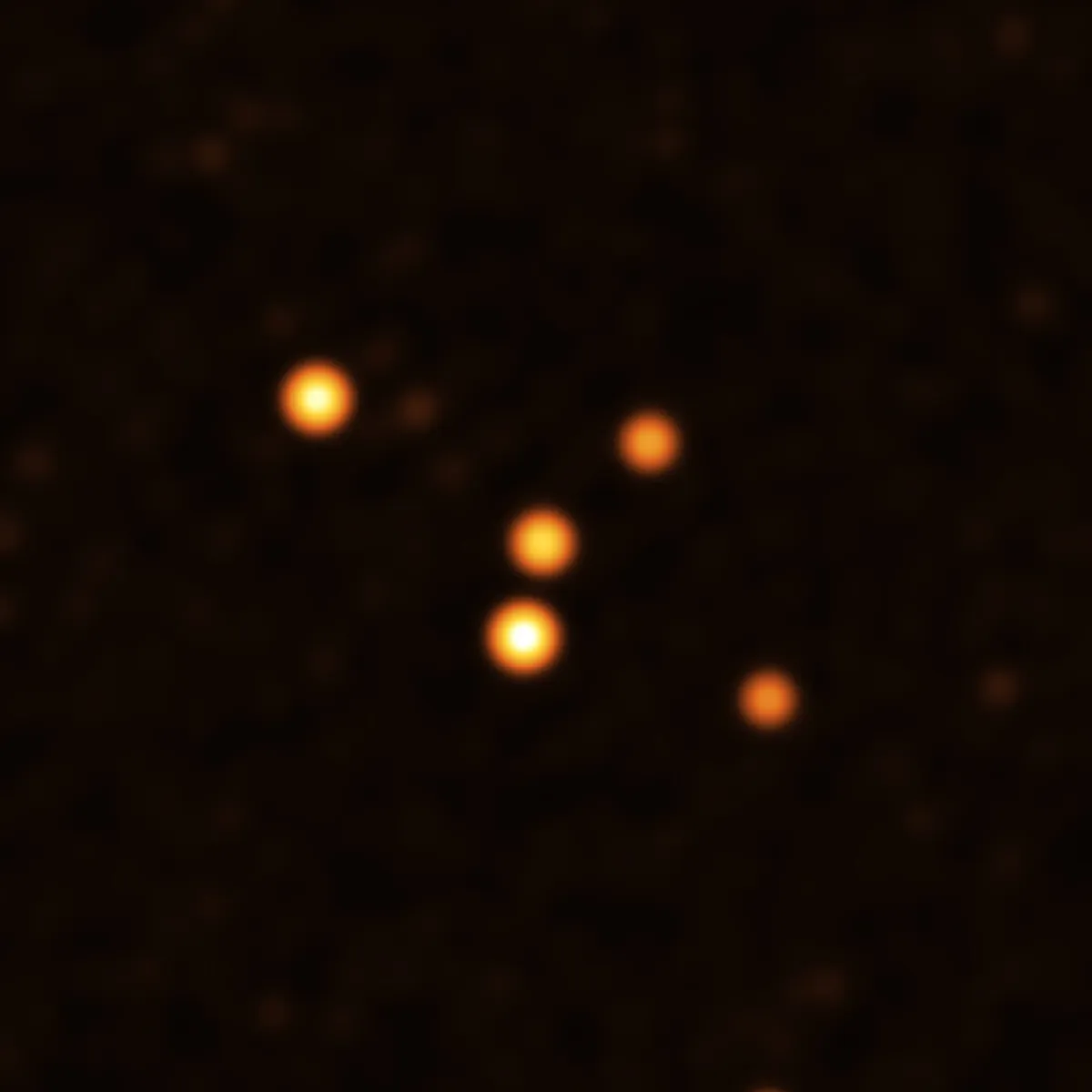
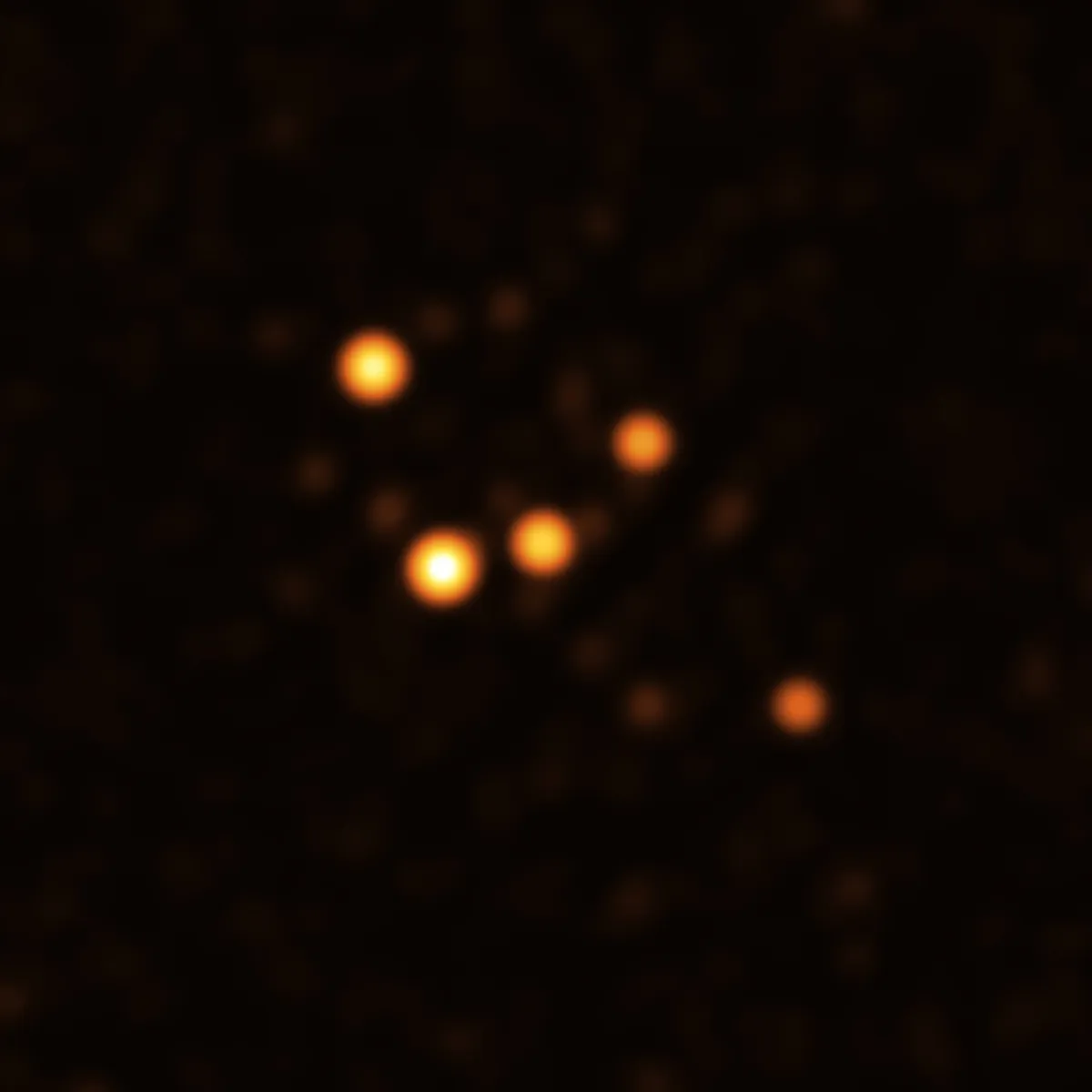
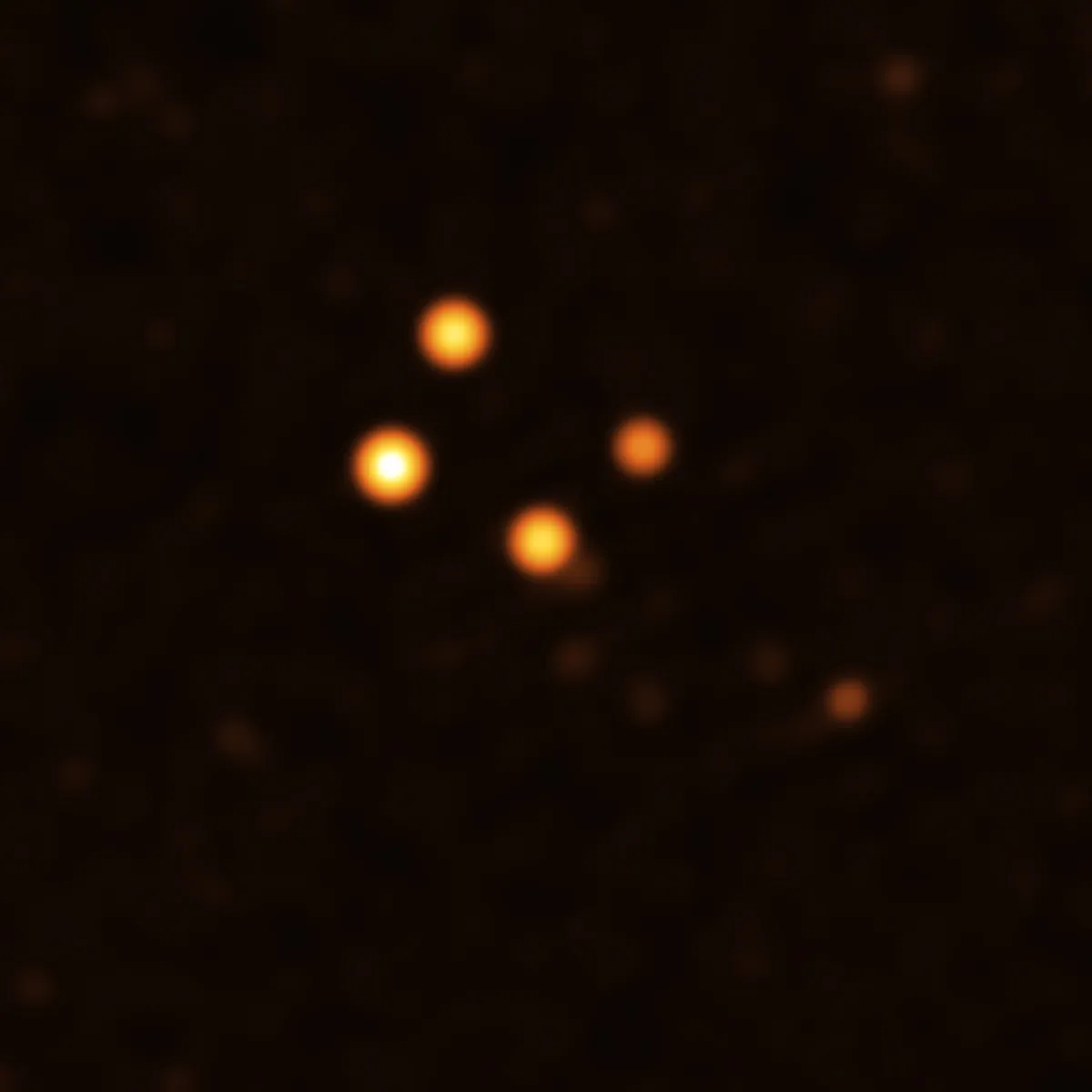
Take a look at our other great images galleries:
- The best images in Science November 2021
- Chose your favourites from Wildlife Photographer of the Year People's Choice
- The Fukushima Disaster 10 years on
The constellation of Sagittarius
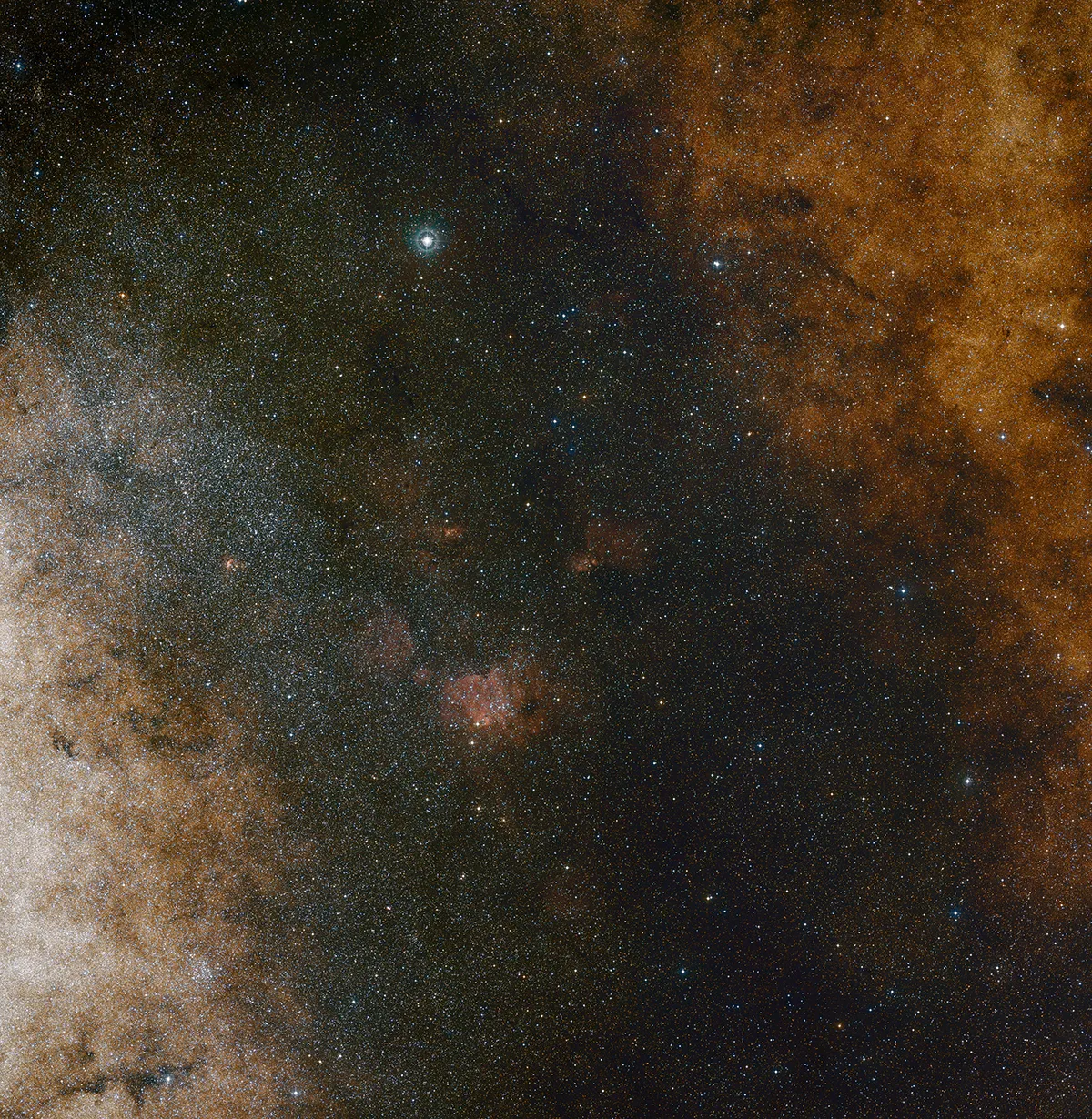
This zoom video sequence starts with a broad view of the Milky Way. We then dive into the dusty central region to take a much closer look. There, a swarm of stars orbit around an invisible object: a supermassive black hole, 4.3 million times the mass of the Sun. As we get closer to it, we see these stars, as observed by the NACO instrument on ESO’s Very Large Telescope (the last observation being from 2019). As we zoom in further, we see stars even closer to the black hole, observed with the GRAVITY instrument on ESO’s Very Large Telescope Interferometry in mid-2021. Video by ESO/GRAVITY/L Calçada/N Risinger/DSS. Music by Johan Monel